Podcast: Play in new window | Download
Subscribe: RSS
In the last couple of weeks, cable television sports giant ESPN has been handing out a lot of pink slips.

Familiar names such as NBA analyst Jeff Van Gundy (17 years), longtime SportsCenter host and NFL analyst Suzy Kolber (27 years), former NFL quarterback Steve Young (22 years), and former NBA player Jalen Rose (16 years) were among the better known talents being permanently sent to the dugout by ESPN.
This summer’s job reductions at the worldwide leader in sports have sent a number of familiar sports names to Bristol, Connecticut’s unemployment office.
Here is ESPN’s official statement from June 30:
“Given the current environment, ESPN has determined it necessary to identify some additional cost savings in the area of public-facing commentator salaries, and that process has begun,” the sports network said in a recent statement. “This exercise will include a small group of job cuts in the short-term and an ongoing focus on managing costs when we negotiate individual contract renewals in the months ahead. This is an extremely challenging process, involving individuals who have had tremendous impact on our company. These difficult decisions, based more on overall efficiency than merit, will help us meet our financial targets and ensure future growth.”
Let’s break down that statement and take a closer look at what has been going on at ESPN.
Cost Savings:
When profits drop, a company will need to cut its overhead costs if they don’t expect a rebound anytime soon. The personnel recently let go by ESPN were deemed as weighing down the corporate overhead and not contributing enough to help increase the company’s profitability.
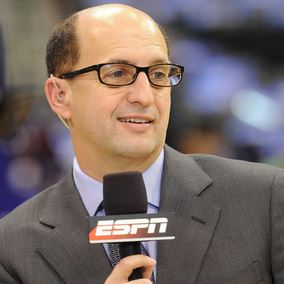
For example, ESPN’s NBA announcer crew has been comprised of three people for many years. Play-by-play man Mike Breen along with former NBA player and current analyst Mark Jackson teamed with former NBA coach Jeff Van Gundy on the telecasts.
In this recent layoff, Van Gundy was deemed expendable. That means that the company felt that his salary didn’t translate into enough viewer loyalty to justify his pay.
For those of us old enough to remember Monday Night Football, the opinionated journalist named Howard Cosell became a discussion item around the coffee pot every Tuesday morning following the Monday night games.
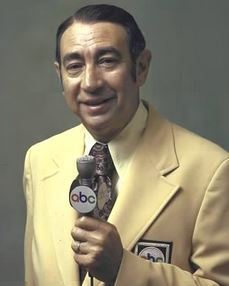
His weekly jousts with former NFL quarterback Don Meredith became a must-see part of the show. Their generally-friendly battles helped to attract millions of non-conventional football viewers.
In the case of basketball analyst Jeff Van Gundy, ESPN apparently felt that its NBA basketball ratings would not be hurt by the loss of his commentary on the broadcasts beginning this fall.
During my business career, I noticed that many companies used the cover of a corporate layoff to rid themselves of certain individual employees. Some casualties may include a few corporate “troublemakers”. Other cuts usually involved senior staff near the top of their pay grades that could be replaced in the future with a lower paid newer employee.
General layoffs (like those at ESPN) can be used very creatively to sweep aside certain individual employees who may have fallen out of favor within the company’s current culture.
Individual Contract Renewals and “Overall Efficiency”
In reviewing the talent recently released by ESPN, there is a similarity to Jeff Van Gundy’s situation which applies to most of the other ex-employees. Corporate management believed that the cost of their salaries did not translate into producing enough viewer loyalty to justify their cost.
If any current ESPN on-air talent doesn’t generate enough “buzz” and ratings to justify his or her salary, they might find themselves looking for work at the end of their current contract.
While ESPN is shedding several very competent sports personalities, the network is also overpaying for a few of its blowhards, too.
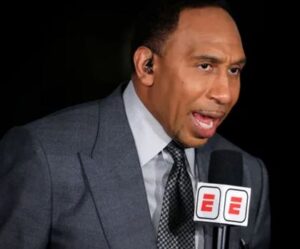
ESPN’s resident “hot take” artist Stephen A. Smith comes with a very large salary (estimated at $12 million per year). The former print journalist has dutifully worked his way up the ladder at ESPN and is considered by management as a drawing card to attract viewers.
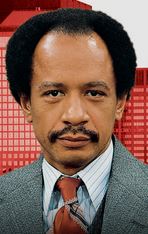
Though many of us feel as if he sounds a bit too much like a clone of TV’s George Jefferson from “The Jeffersons”, Stephen A. Smith will provide his opinion on just about everything. His versatility and memorable personality make him a valuable commodity for the network.
As long-time ESPN on-air staff was being released, the company has been dancing around their recent hiring of on-air personality Pat McAfee. The former NFL punter has a unique and outsized air personality. After leaving the NFL, McAfee has worked hard on his show and built a sizable audience on FanDuel in the past few years. In May, he accepted a jaw-dropping offer to join ESPN.

Just one month before ESPN announced its layoffs at the end of June, Pat McAfee signed a contract worth a reported $17 million per year over the next five years.
Like Stephen A. Smith, McAfee is a versatile personality who is loved or hated by sports fans. He will host a variety of radio and television programs upon joining ESPN soon. His face will be plastered all over the network during the coming months.
With ESPN paying nearly $30 million per year just for Stephen A. Smith and Pat McAfee, you have to wonder if most of ESPN’s recent layoffs were simply to cover the high costs associated with retaining and promoting those two personalities.
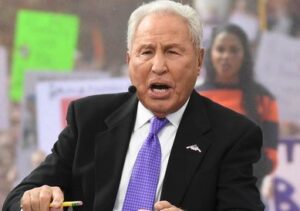
Beloved ESPN legends such as College Football Game Day co-host Lee Corso and college basketball analyst Dick Vitale are likely to be pushed aside soon.
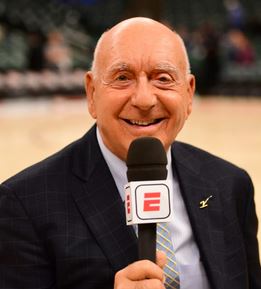
In Dicky V’s case, he is hoping to return this fall after he completes treatment for vocal cord cancer (Get well soon, Coach!). Even though these two lovable 80+ year old gents helped to build ESPN’s corporate brand, don’t be surprised if the network cuts those two legends once their contracts expire, too.
Woe to any other top-performers at ESPN who might have been hoping to ring the cash register for a raise anytime soon.
Shreveport’s Tim Brando feels their pain. He worked at ESPN as an on-air personality and play-by-play announcer for many years. Now working with Fox Sports, Timmy B. offered a bit of advice for those who may want to break into the sports broadcasting business.

“This is the message to all young broadcasters. Two words – Content Creator,” he said. “If you’re a content creator, then there’s a future. That’s what Stephen A. and Pat McAfee and Colin Cowherd are. They create their own content, and they’re good at it. If you’re attracting that many eyeballs, people are going to want you.”
With regard to some his friends affected by the ESPN layoffs, he added, “I hope they all find their niche or their golden parachute, because they’re all very talented. The problem is that the industry now is soft. The economy is a reflection of how our industry is going to react. And the economy is soft. The landscape is difficult. It’s a corporate thing, and these are largely Disney layoffs.”
While he was on a roll, Tim Brando hit the nail on the head when asked about ESPN’s current daily programming and its declining television ratings:
“I’m not a big fan of today’s shows,” he said. “These debate shows…are regurgitating the same stuff every day, talking about the same issues. And I just don’t get it. I really think college football gets short-changed. College athletics in general gets short-changed. The national shows only talk about the NBA or Tom Brady or LeBron this, LeBron that.”
You won’t get an argument from me, Timmy B!
The Bottom Line is always the bottom line
ESPN is owned by The Walt Disney Company. The parent company has three primary divisions. The movie business has been losing money of late as many former fans have been disappointed or turned-off by Disney’s content in recent years. The theme park business carried the profitability banner for decades, but Disney’s park attendance has been sagging in 2023.
As the third portion of the Disney corporate portfolio, ESPN has invested billions years into the future to ensure the company will continue bringing live professional and college sports to cable television and digital/online subscribers. With disappointing advertising revenues, ESPN (and Disney) remain on the hook for massive fixed costs associated with the long-term contracts in place with a variety of sports leagues.

The publicly traded Disney (DIS) has seen its stock price tumble from $124 per share in August, 2022 to close at $88.62 just eleven months later in July, 2023. That’s a 29% loss in stock value in less than one year. Even with Disney’s falling stock price of late, the company still carries a rather hefty current Price to Earnings (P/E) ratio of 40. That level of P/E multiple is usually reserved for a rapidly growing company which is utilizing its cash flow to fund additional projects and growth of the business.
As of mid-2023, none of Disney’s three primary business segments are growing. Disney does not pay a dividend on its stock, either. Stockholders only make money when the share price increases. Today, Disney stock might be considered a bargain by some. Other investors might consider it a falling knife which hasn’t hit the bottom yet.
The market will set Disney’s stock price based on how investors feel about the long-term future of this entertainment giant.
Summary:
With Disney’s movie business and theme park divisions struggling to meet corporate financial goals in 2023, the company’s ESPN segment (which has been losing money for years) has been overdue for some significant financial restructuring. This recent round of cuts may be signaling a number of other changes coming at ESPN.

